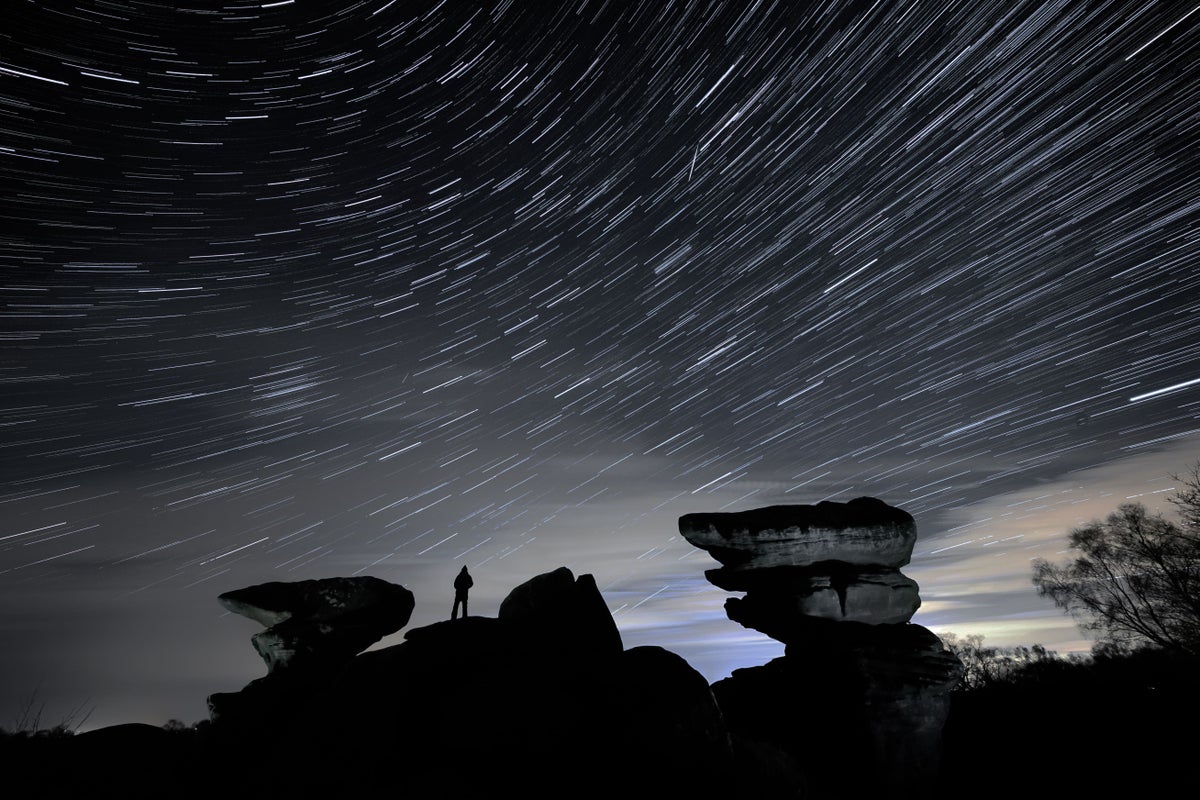
The Leonid meteor shower will light up the night sky, treating star gazers to rapid a display.
This year the best time to see the spectacle above Britain will be between midnight and before dawn in the early hours of Friday.
The Leonids – one of the more prolific annual meteor showers – are usually fast, bright meteors, and are associated with Comet Tempel-Tuttle.
They appear to stream from the head of the constellation Leo the Lion, hence the name.
A tiny path of debris is left by the comet as it follows its path around the sun, and this enters Earth’s atmosphere at speeds of up to 70 kilometers per second, vaporising and causing the streaks of light we call meteors.
Stargazers do not need specialist equipment to see the display which will be visible to the naked eye.
However, a clear sky, a little patience and the darkest possible conditions – away from street lights and other sources of light – will give people the best chance of seeing the Leonids.
The Met Office forecast for Thursday night is for rain to continue across some northern and north eastern areas, heavy and persistent in places, especially across hills in eastern Scotland.
But it forecasts clearer skies in parts of the south and west.
The meteors will be visible in all parts of the sky, so a wide open space where the night sky can be scanned will help.
Those missing out on the shower’s peak will still have a chance to glimpse the display as it continues for several days afterwards.







